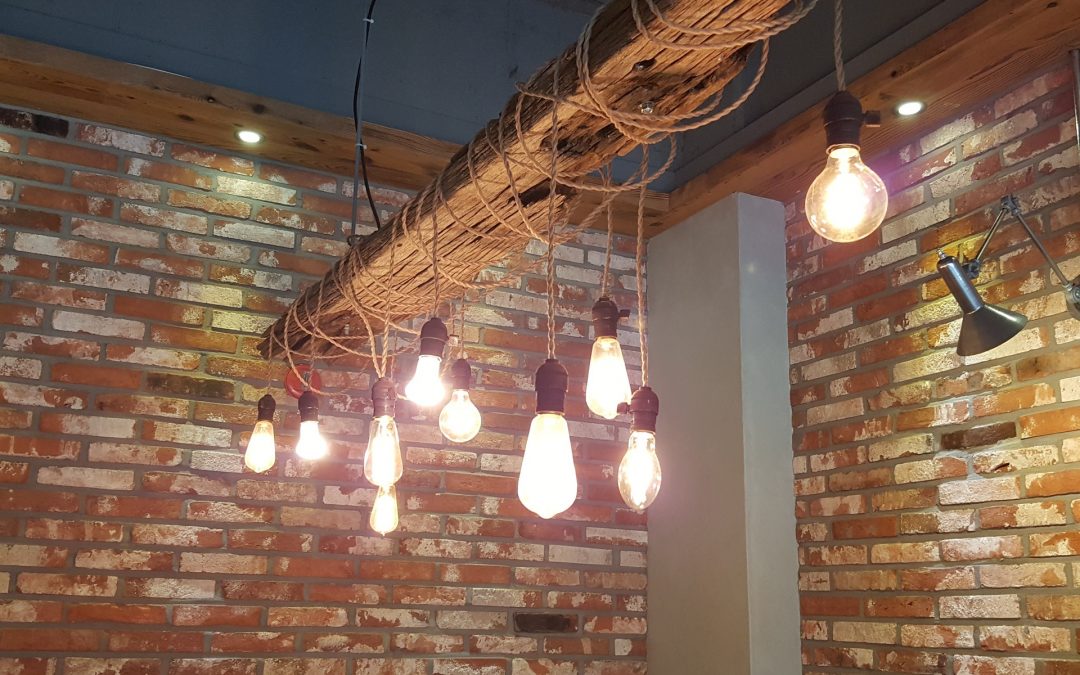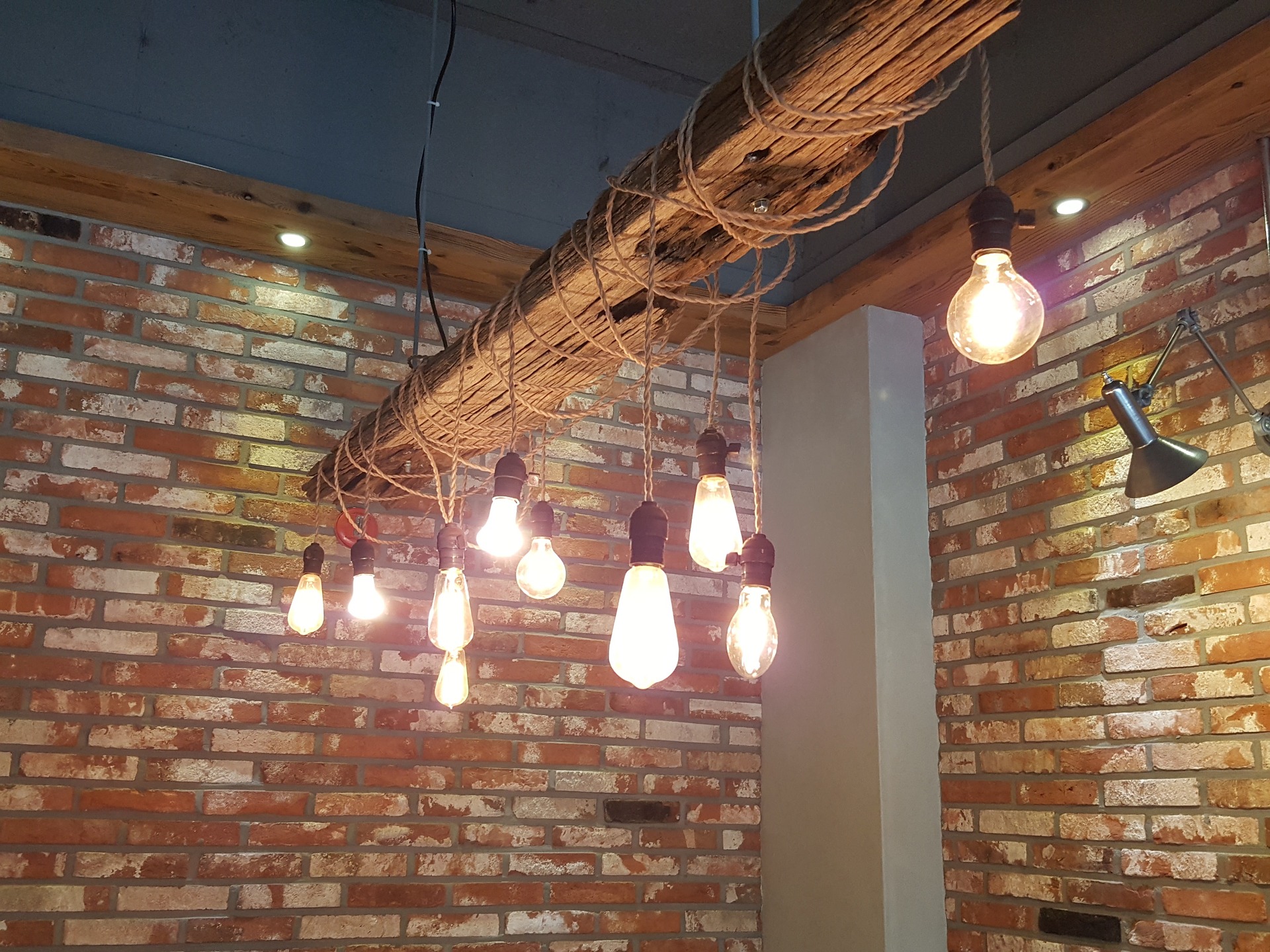Cool summer evenings are a great time to enjoy time with friends and family. Keep the party going late into the night with proper outdoor lighting. Whether you need spotlights for a large yard or soft ambience lighting for a back deck, read through these tips on lighting your backyard living space.
Sketch Your Layout: Identify your goal in lighting your outdoor area in order to design your desired layout. Perhaps you want floodlights for nighttime games of soccer or football, or maybe you want to highlight your landscaping beds. Or maybe you just want to add some lovely accents strung along paths and patios. Once you’ve determined which areas you want to light, sketch out where lights will be placed, and how you will run their wiring. The most common wiring layouts you could use are daisy-chains, T-shapes, or in a cross. The types of wiring patterns you can use depend on the placement of your power source and transformer.
Light Components: Each exterior lighting system requires lights, cables, and a transformer to decrease the voltage from the outlet. There is a huge variety of light fixture styles for your outdoor living space, from large halogen bulbs to strings of small LED lights. Halogens (a powerful incandescent bulb) have been popular for years because of their brightness and how inexpensive they are. In recent years though, LEDs have become the most sought after. They are much more energy efficient, with lifespans of 10-20 years. Though they cost more up front, they’re well worth the investment.
Outdoor lights are low-voltage system, so the power coming from your GFCI outlet needs to be decreased before powering your exterior system. Standard outlets produce power at either 120V of 240V, while outdoor lights can only withstand 12V. This decreases the chances of creating an electrical hazard when the lights are exposed to various weather patterns. The type of lights you plan to use affect what capacity transformer you need. The best way to get an appropriate transformer is to add the wattages of all the bulbs you plan to use, then buy a transformer that handles that amount. Transformers begin at about 100W for $70, then reach upward of $700 for a large 900W transformer.
Finally, after you’ve chosen your light fixtures and determined the correct transformer to power your electrical system, it’s time to figure out the best way to wire it. Because the lights require little power, low-voltage cables are best. They’re also inexpensive, which makes running enough cable much easier. A 50 foot cable usually costs less than $40, while a 100 foot cable can cost anywhere from $80 to $100. It’s recommended to bury the cables at least 6” underground. You’ll also want to be sure you’ve completed any major landscaping projects before laying the wire, so that you don’t accidentally dig up or damage the wires while working.
Should You Do It Yourself?
Exterior lighting systems, as we’ve mentioned, are low voltage and often come in kits that include most of the materials along with instructions you need to complete the project yourself. However, electricity is always a bit of a wildcard. if you are nervous about designing and laying the system yourself – or if you do not have experience working with eelctricty – it may be safer to hire a professional electrician or contractor.
If your entire backyard is in need of a design overhaul – or your just need some expert inspiration – call the team at West Coast Design Build Florida. We specialize in creating and installing beautiful kitchens, bathrooms and outdoor living spaces for Sarasota area homeowners – how can we help you?



Recent Comments